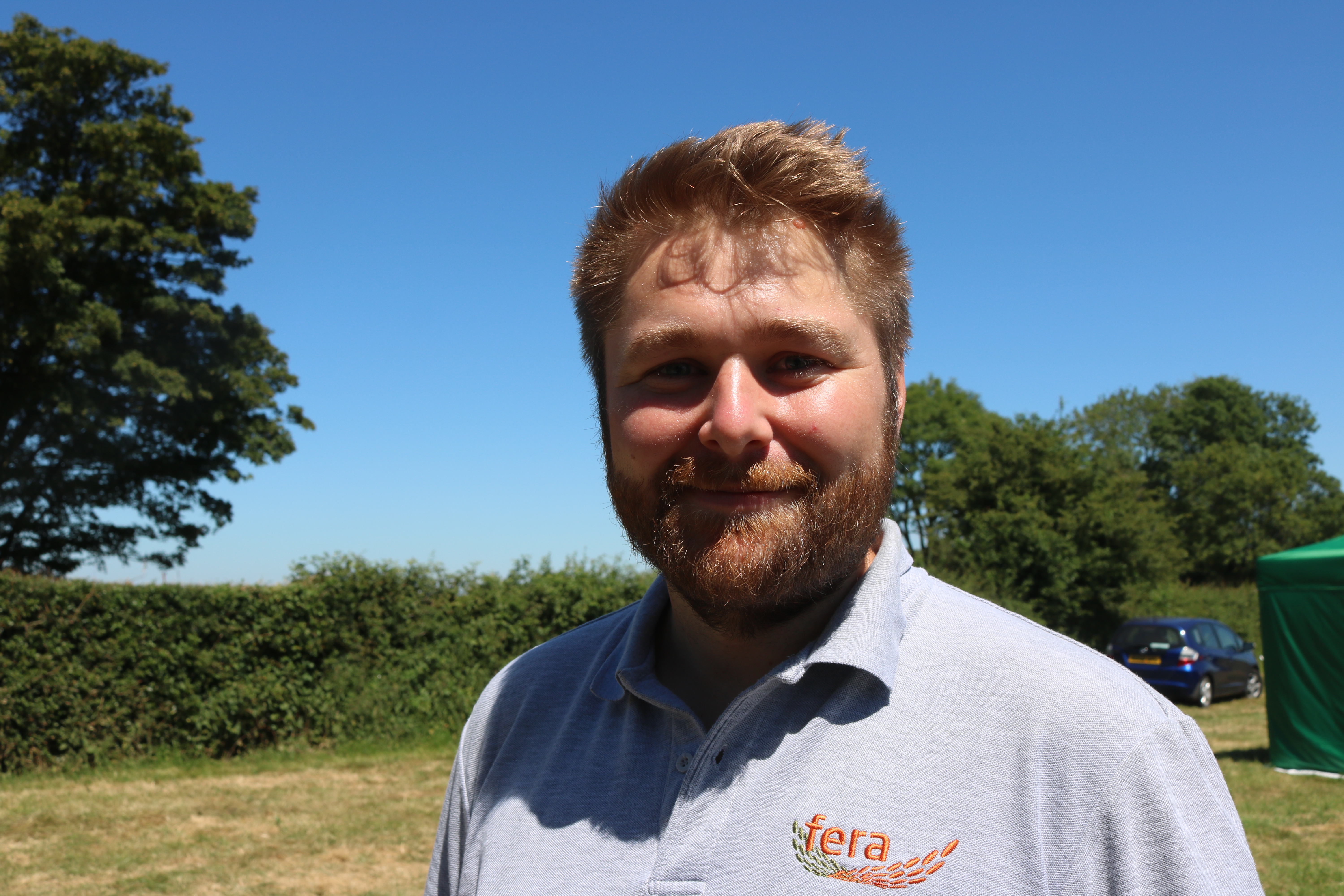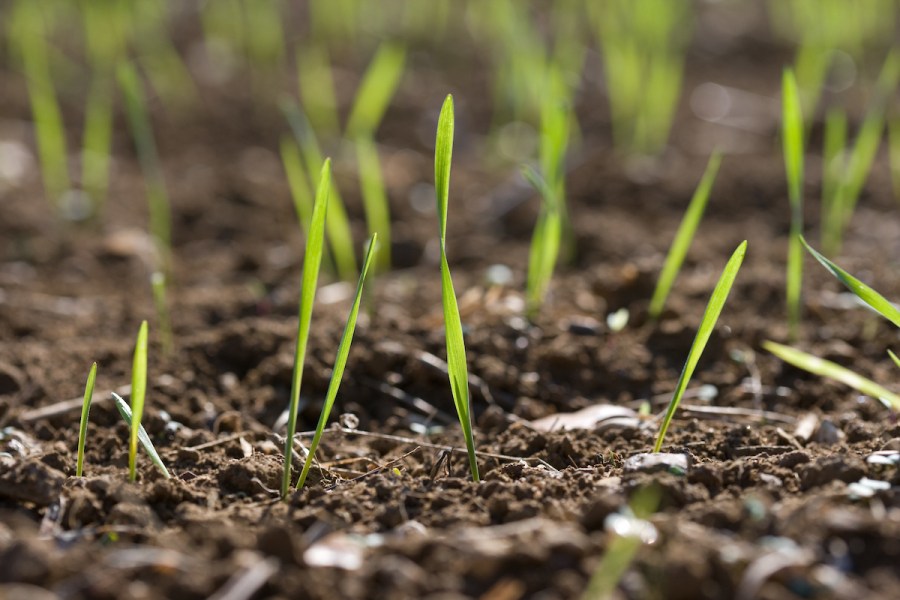
As pressures mount on farmers to ensure their soils are in optimum condition, CPM explores a novel project which aims to simplify the complex area of soil biology and help farmers understand and improve soil health.
By Charlotte Cunningham
Getting to grips with the complex area of soil microbial communities can help arable growers boost their soil health, according to Guy Thallon of Fera.

Guy Thallon
“There is a growing recognition of the importance of understanding soil health beyond that of traditional physical and chemical properties,” he says. “To date, there has been no unified metric of soil health and limited availability or uptake of commercial soil biology measures.”
At present, standard soil tests focus on analysing the physical and chemical properties of soil, and not biology – due to the complicated processing involved with analysing biology. “However, high throughput sequencing, metagenomics (the study of microbes in their natural environment) and metabarcoding (a rapid assessment of biodiversity) can be used to analyse soil samples to describe the diversity of microbial populations in UK soils.”
As a result, the Yorkshire-based company has launched the Big Soil Community project, which aims to break down the complexity of soil biology. It will also develop an applied knowledge-base which will support farmers in unlocking the potential of soil health.
By coordinating the sampling of soils from farms across the length and breadth of the country, the project will catalogue the results and provide farmers with a report of the findings. This will include the biodiversity of the sampled microbial community and an anonymised benchmark of all Big Soil Community samples on a system by system basis.
With such a huge challenge to tackle, Fera is adopting a community approach – engaging with supply chain organisations, retailers and farming groups on the project. “The soil microbial communities in our agricultural systems are incredibly rich and complex, but hold great promise for sustainable agriculture,” explains Jan. “Large-scale, collaborative projects are required to break down this complexity and move the interest of soil health in to a biology space.”
Getting involved:
Over the coming months, farmers are being invited to sign up the Big Soil Community Project, with the intention of sampling beginning in September and the full publication of results expected in January. “Access to this essential data will give farmers a chance to re-examine their farming practices and potentially implement measures that will help them to improve the health of their soil.”
For more information or to get involved, join the Big Soil Community now




